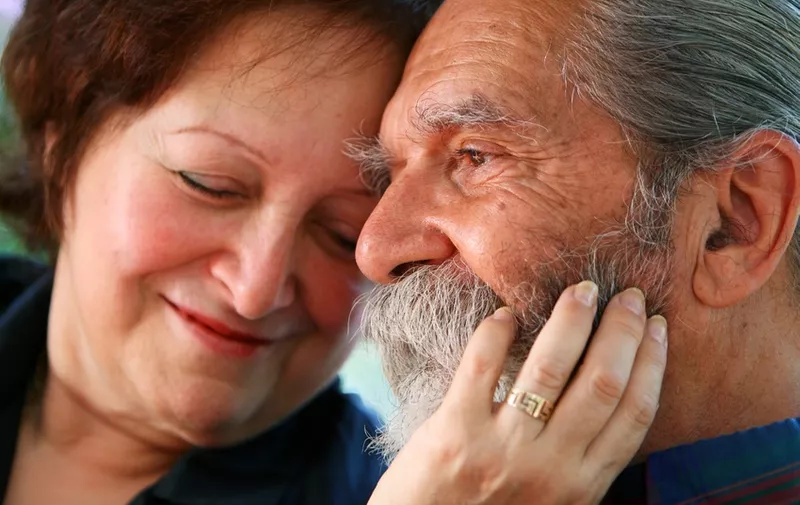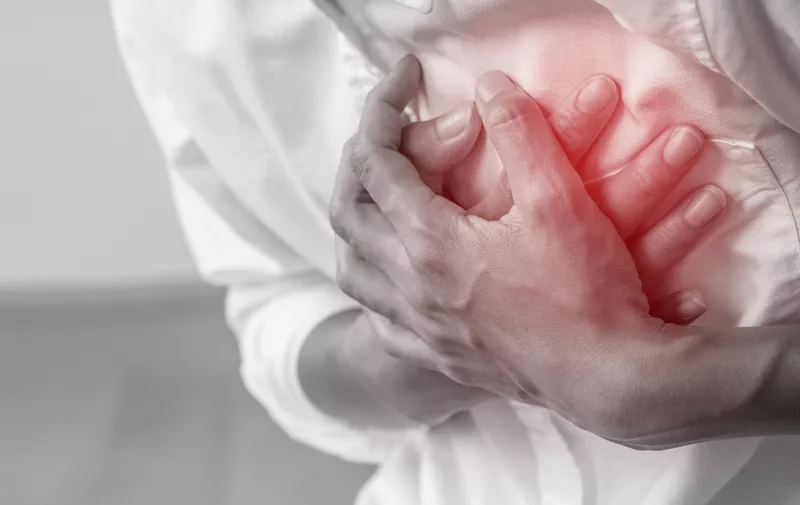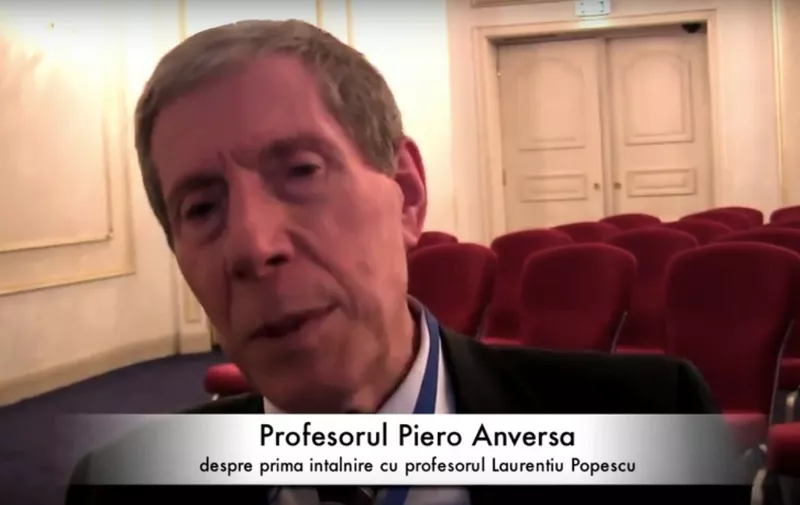Video. Ovako izgleda srce nakon infarkta: 'Zauvijek će kucati slabije, ali ima i jedna dobra vijest'
Nakon srčanog udara mišićno tkivo zauvijek se mijenja

Infarkt ostavlja trajne posljedice na srcu, mijenjajući zauvijek srčani mišić. Kako to zapravo izgleda pod mikroskopom pokazao je profesor biologije Adolfo Sanchez-Blanco sa sveučilišta Hartford. On je na TikToku objavio snimku koja pokazuje kako izgleda srce nakon srčanog udara.
Objasnio je da se srčani udar, odnosno infarkt miokarda, događa kada se koronarna arterija začepi. Kao posljedica toga, krv ne može dostaviti kisik stanicama miokarda koje se nalaze u srčanom mišiću. Te stanice trebaju stalnu opskrbu kisikom, a ako bez njega ostanu neće moći proizvoditi energiju.
Srce zauvijek kuca slabije
”Ako stanice miokarda prestanu proizvoditi energiju, tada ne samo da će se prestati kontrahirati, odnosno stezati, nego će za nekoliko minuta umrijeti. Mrtve stanice će na kraju biti zamijenjene fibroblastima i formirat će se ožiljno tkivo.
Problem je u tome što se, za razliku od stanica miokarda, stanice ožiljnog tkiva ne mogu kontrahirati. Stoga će srce pacijenta koji preživi srčani udar zauvijek kucati slabije”, objasnio je biolog pokazujući mikroskopske fotografije takvog srca.
@dr.bioforever A heart attack (myocardial infarction) happens when a coronary artery gets clogged. As a consequence of this, blood can’t deliver oxygen to some myocardial cells (heart muscle cells). Myocardial cells need a high constant supply of oxygen for them to be able to produce ATP energy by cellular respiration. If a group of myocardial cells does not receive oxygen, then they won’t be able to produce energy. If these myocardial cells stop producing energy, then not only they will stop contracting (which takes a lot of energy) but in a matter of minutes they will die (being alive requires energy!). . Dead myocardial cells will eventually be replaced by fibroblasts and scar tissue will get formed. The problem is that unlike myocardial cells, scar tissue cells can’t contract. Therefore, the heart of a patient that survives a heart attack will beat less strongly. The good news is that heart attack patients can to some extent compensate the loss of contractile myocardial cells by strengthening the rest of the heart muscle and this way they can improve their long-term quality of life. . I love the staining that shows the connections between myocardial cells (intercalated discs) and their nuclei. I also love the last staining of heart tissue that shows the beauty of the cardiac muscle arrangement and the striations pattern of the cardiac muscle cells. . The heart is such an incredible organ! It is difficult to imagine that the muscle cells of an average human heart need to contract more than 100,000 times each day!! Just incredible!! . For this video I used a Leica ZOOM 200 stereoscope and an Olympus BX41 microscope at up to 400X magnification. #microscopy #microscope #physiology #heart #myocardium #heartattack #intercalateddisc #hearthistology #drbioforever
Ipak, dobra je vijest, kaže, da oni koji su preživjeli infarkt mogu donekle nadoknaditi gubitak stanica miokarda jačanjem ostatka srčanog mišića i na taj način dugoročno poboljšati kvalitetu života.
”Srce je tako nevjerojatan organ. Teško je zamisliti da se mišićne stanice prosječnog ljudskog srca trebaju stisnuti više od 100.000 puta svaki dan. Jednostavno nevjerojatno”, napisao je u objavi koja je skupila 1,7 milijuna pregleda.


